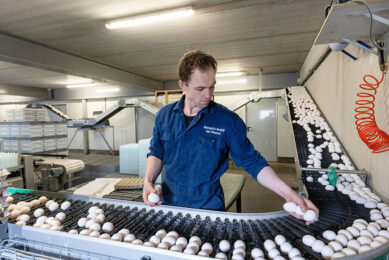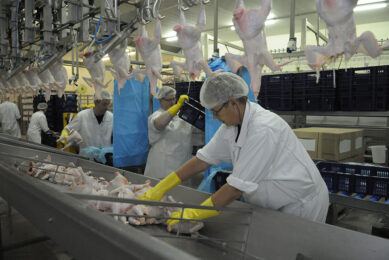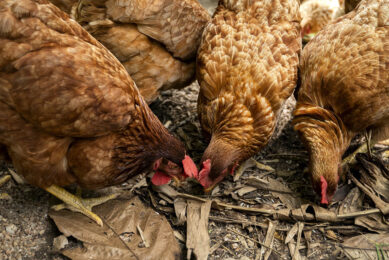Market trends: Spike in feed cost sees rations rise

Ration costs have jumped ahead this month, following a strong surge in the price of soyameal.
A period of drifting raw material prices came to an end in early February, when the attention of traders became firmly focused on the worsening drought in Argentina.
As a result, the UK spot price for HiPro soya meal has risen sharply from £318/t to £370/t over the past month. In turn, this has propelled the price of PW’s basic layers ration upwards by £14 /t to £232/t.
GRAIN MARKET DRIVERS | ||
| WHEAT – UK wheat futures for May reached a three-month high in early March, driven largely by a weaker Sterling against the Dollar and Euro, alongside reports that the UK’s largest bioethanol-from-wheat plant, Ensus on Teesside, will start production again by the summer. | ||
| WHEAT – International wheat prices are also being driven higher by the deteriorating condition of the US winter wheat crop against the lack of any predicted rainfall, together with the knock-on effect from the impact of the drought in Argentina on its maize crop. | ||
| SOYA – The continuing lack of rainfall in Argentina means that this year’s soya harvest will be 13.5Mt lower than last year, a drop of over 20%. The situation in South America will remain a price driver over the coming weeks, said AHDB. | ||
The rise in ration costs was further boosted by a smaller rise in the price of UK feed wheat, gaining £2/t during the month to reach its highest since August.
Our basic ration (see chart) has now climbed above its peak of £228/t a year ago, and is at its highest level for nearly four years.
Until early February, traders believed the global supply/ demand balance for soya looked secure, and the latest developments demonstrate how quickly sentiment can change.
A month ago, the main influences were considered to be bearish on prices, with better growing conditions in Brazil and expectation of rainfall in Argentina.
Yet shortly afterwards, both the USDA and the Buenos Aires Grain Exchange cut their forecasts of the Argentinian soya crop to just 44mt.












